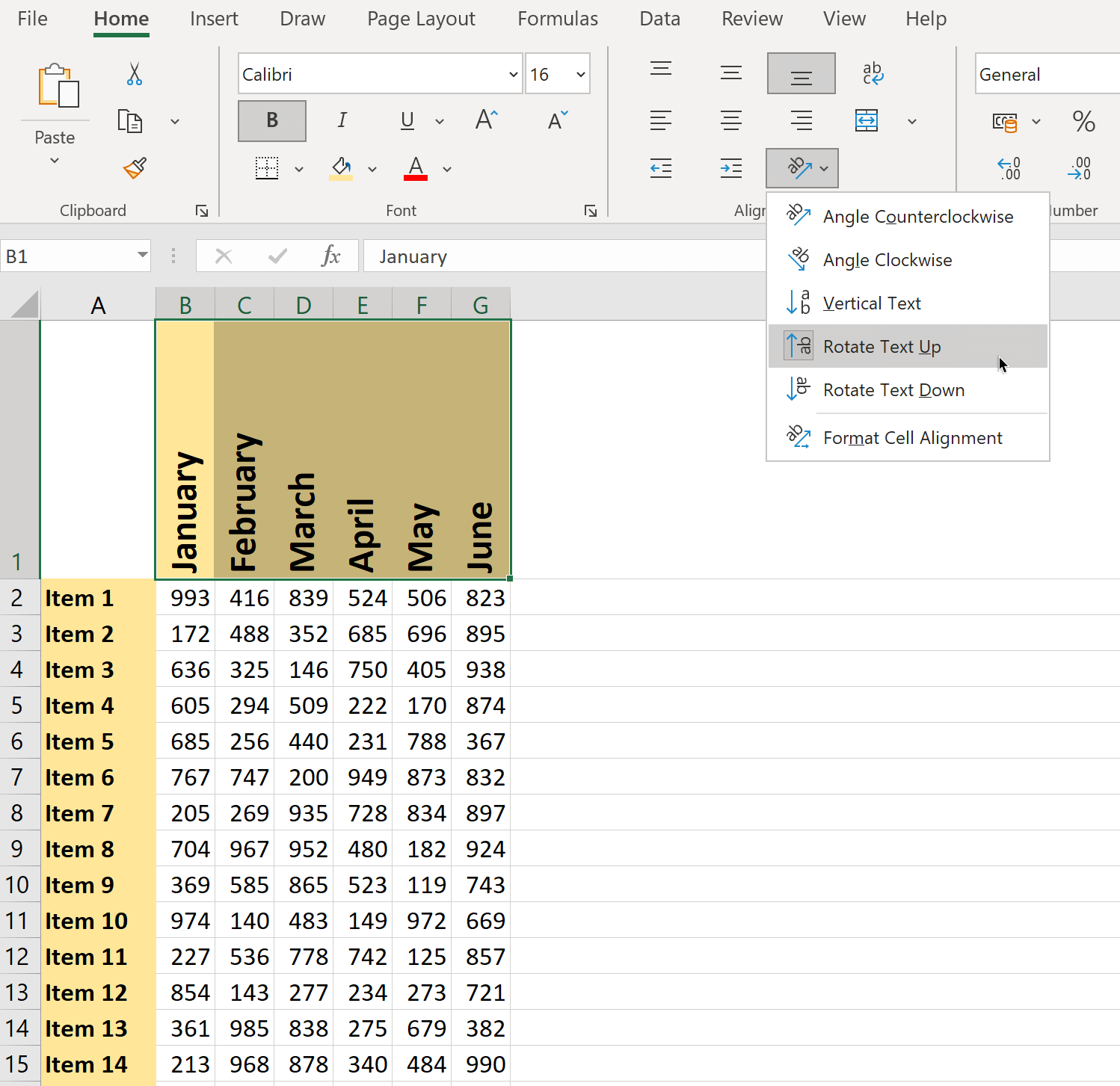5 Essential Documents for Farm Exemption Paperwork

In the agricultural sector, farm exemption paperwork is crucial for a variety of legal and financial benefits. These documents not only help farmers in navigating through the complexities of tax laws but also ensure they can benefit from various exemptions and programs designed for agricultural operations. Here are five essential documents every farmer needs to know about:
1. Agricultural Exemption Certificate


This certificate is vital for those engaged in agriculture, horticulture, floriculture, or similar activities. The certificate can be used to:
- Purchase farm-related equipment and supplies tax-free.
- Reduce or eliminate sales tax on certain products used directly in farming operations.
- Prove your status as an agricultural producer when buying from suppliers.
Steps to Obtain an Agricultural Exemption Certificate:

- Determine Eligibility: Check with your state’s Department of Revenue to ensure you meet the criteria for agricultural exemption.
- Application: Complete the required application form, which often includes details about your agricultural activities and the estimated amount of tax exemption.
- Approval and Issuance: Upon approval, you will receive the certificate which needs to be presented at the time of purchase.
💡 Note: The exemption certificate must be renewed periodically to maintain its validity. The renewal period can differ from state to state.
2. Form 1040, Schedule F: Profit or Loss From Farming

Here’s where you report your farming income and expenses directly on your federal tax return. It’s essential for calculating the net income or loss from your farming operation:
| Category | Include in Schedule F |
|---|---|
| Income from Sales | All sales of farm products including livestock and produce. |
| Expenses | Fertilizer, feed, fuel, repairs, supplies, and wages paid to employees. |
| Depreciation | Depreciation of assets used in farming like machinery or buildings. |

Useful Tips for Filling Out Schedule F:

- Keep meticulous records of all income and expenses throughout the year.
- Check for allowable deductions and credits specific to farmers, such as fuel tax credit or soil and water conservation expenses.
- Consider working with an accountant familiar with agricultural tax laws to maximize your benefits.
3. Property Tax Exemption Form

Land used for agricultural purposes might qualify for property tax exemptions or reductions. Here are the steps:
- Identify Eligible Land: Determine if your farmland qualifies based on state regulations, which can include factors like land use and zoning.
- Complete Application: Fill out the property tax exemption form provided by your local tax assessor’s office.
- Submit Documentation: Provide proof of agricultural use, possibly including a farm plan or evidence of income from farming activities.
4. IRS Form 1099


This form is critical for reporting payments made to independent contractors or services rendered on your farm. Here’s what you need to know:
- Who Needs to Issue 1099: You must issue Form 1099-MISC to any individual or unincorporated business paid $600 or more for services within the year.
- Due Dates: Forms must be sent to recipients by January 31st of the following year, and copies filed with the IRS by February 28th.
- Documentation: Keep records of all payments, including the contractor’s taxpayer identification number (TIN) or Social Security Number (SSN).
🌟 Note: Failing to issue 1099 forms correctly can result in penalties. Ensure you track all payments accurately.
5. Conservation Reserve Program (CRP) Enrollment Documents

If your farming practices involve conservation or land retirement, enrolling in programs like the CRP can provide financial incentives and environmental benefits:
- Enrollment Agreement: Sign an agreement to remove environmentally sensitive land from agricultural production and instead use it for conservation practices.
- Payment Terms: Understand the annual rental payments and any additional cost-share assistance provided for establishing approved conservation practices.
- Compliance: Adhere to the conservation plan developed in partnership with USDA Farm Service Agency.
🌱 Note: Benefits from CRP can have both financial and ecological returns, promoting soil health and reducing erosion.
The journey through farm exemption paperwork can seem daunting, but with these key documents at your fingertips, you can navigate through tax savings, financial assistance, and compliance effortlessly. Each of these documents provides pathways to various benefits, tailored to support agricultural operations. As you work through these essential papers, remember that staying organized, keeping detailed records, and seeking professional guidance when necessary will optimize your benefits and streamline your farm's financial management.
How often do I need to renew my Agricultural Exemption Certificate?

+
The renewal period for an Agricultural Exemption Certificate varies by state, typically ranging from annually to every three years. Always check with your state’s Department of Revenue for the exact frequency.
Can I claim a deduction for soil and water conservation expenses on Schedule F?

+
Yes, you can claim deductions for certain conservation expenses on Schedule F, including expenditures for soil and water conservation.
What happens if I fail to issue a Form 1099 to a contractor?

+
Failing to issue a Form 1099 can result in penalties from the IRS, including fines for non-compliance and potential audits. Ensure all payments are tracked and 1099 forms are issued on time.
Do I need to submit proof of agricultural use every year to keep my property tax exemption?

+
Generally, once your land is classified as agricultural and you receive the exemption, proof of use might not be required annually, but local regulations can differ. Always confirm with your local tax assessor’s office.
Can I enroll multiple parcels of land in the Conservation Reserve Program?

+
Yes, you can enroll multiple parcels of land in the CRP, provided they meet the eligibility criteria set by the program. Each parcel will need its own application and conservation plan.



